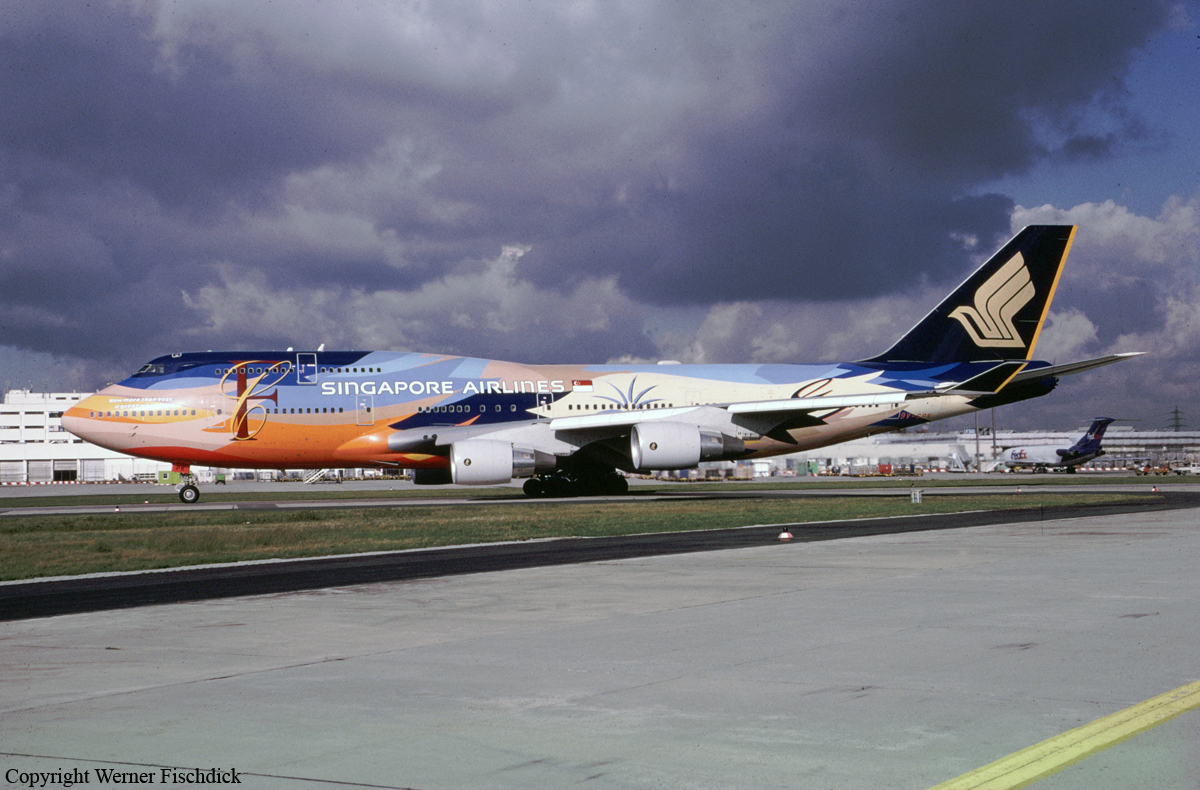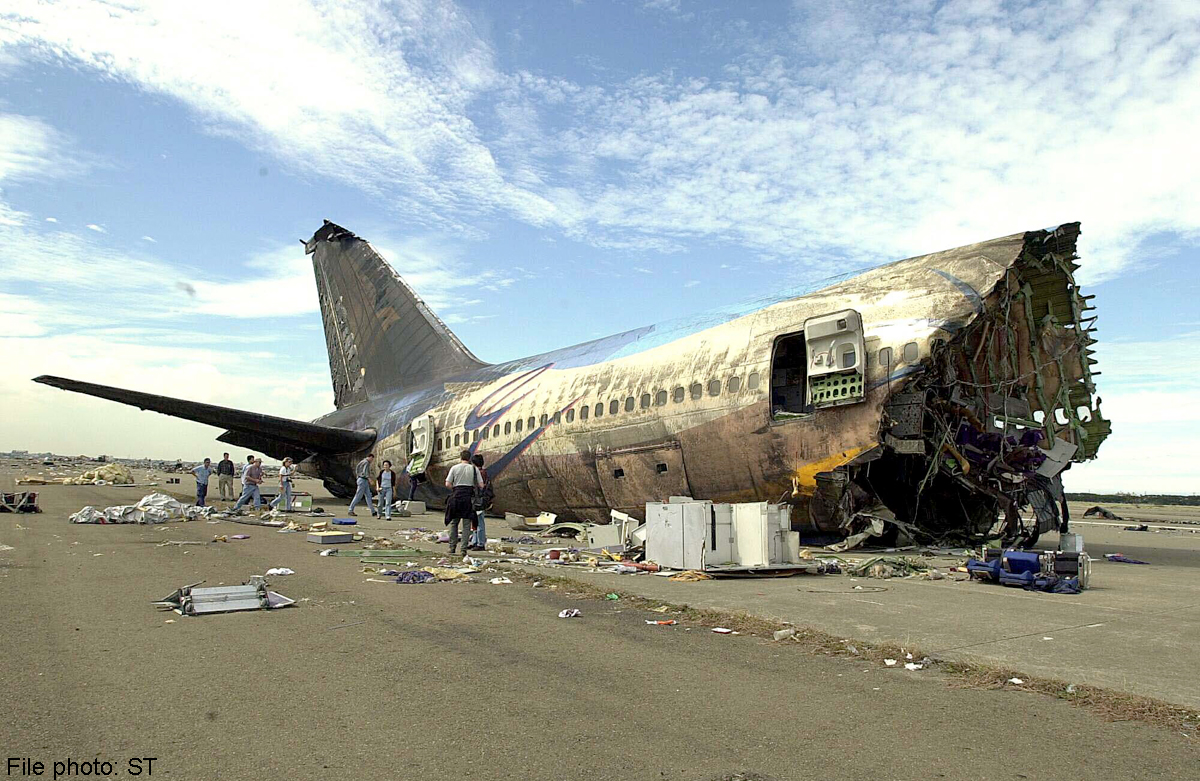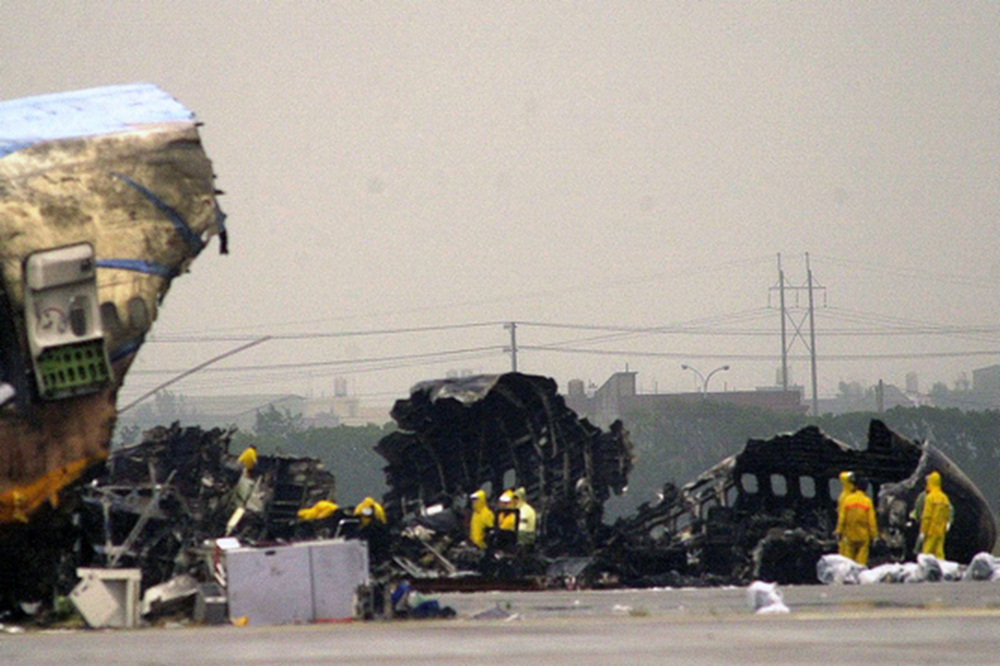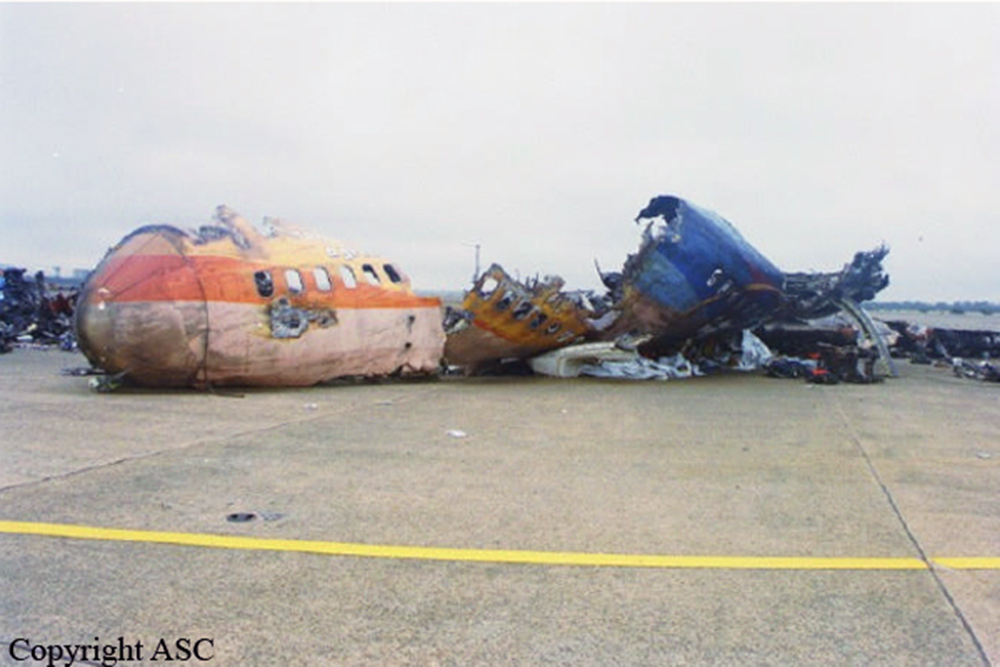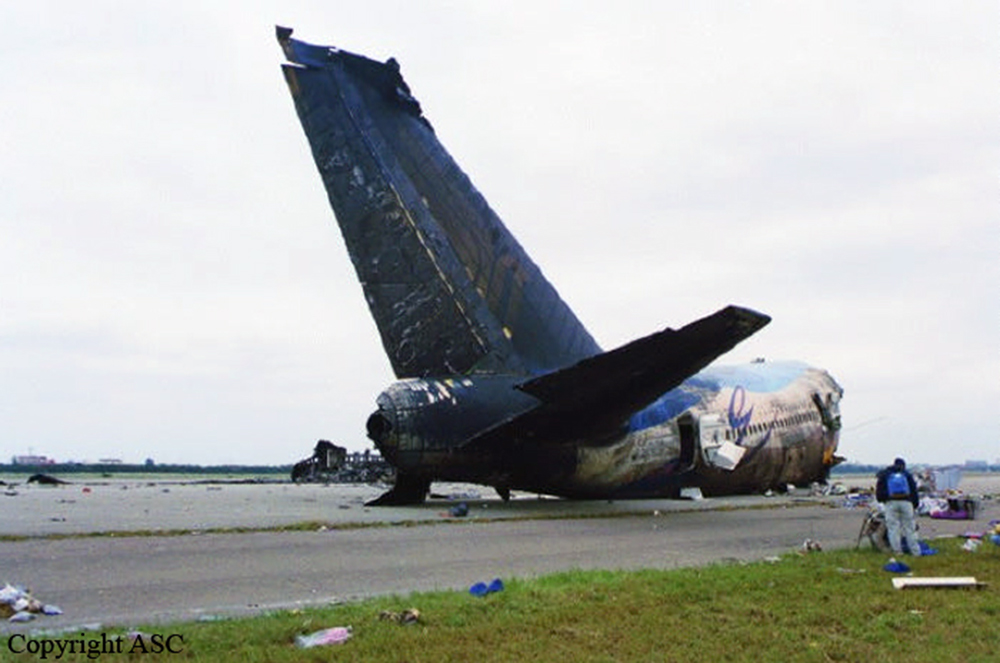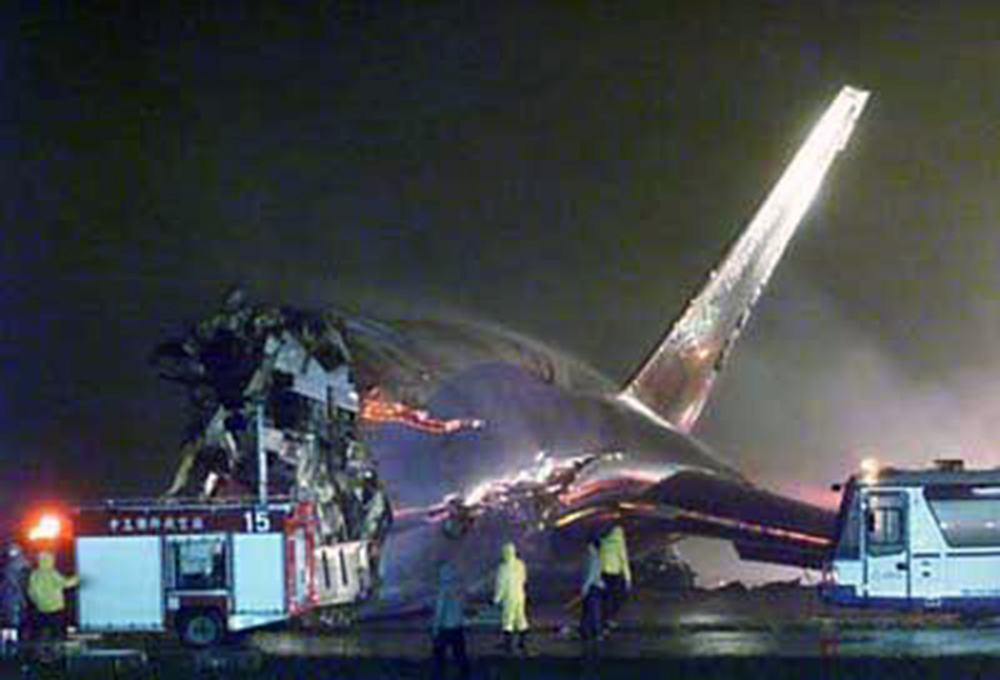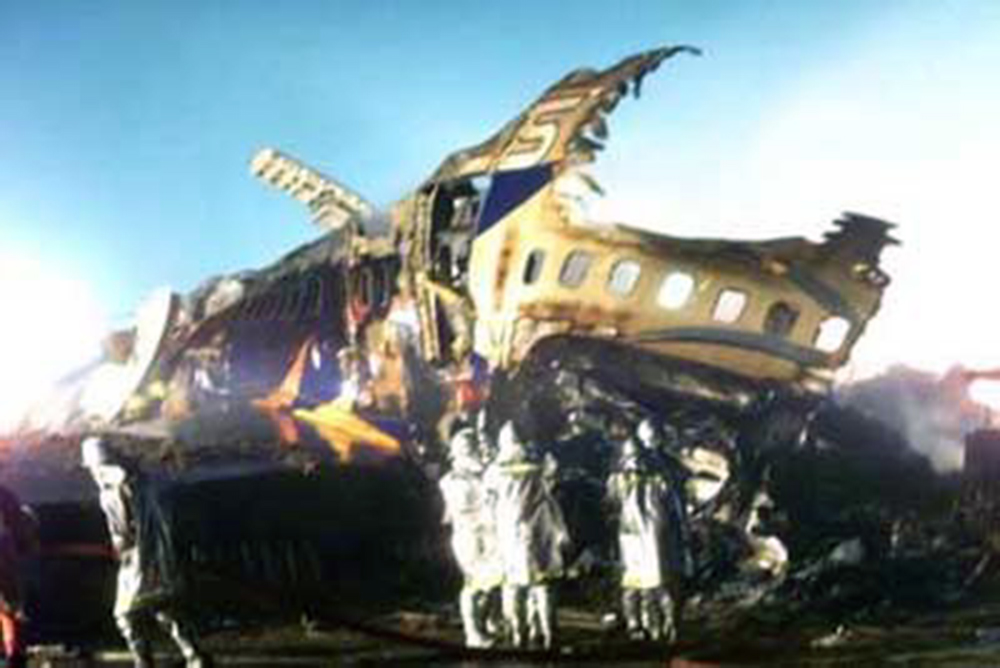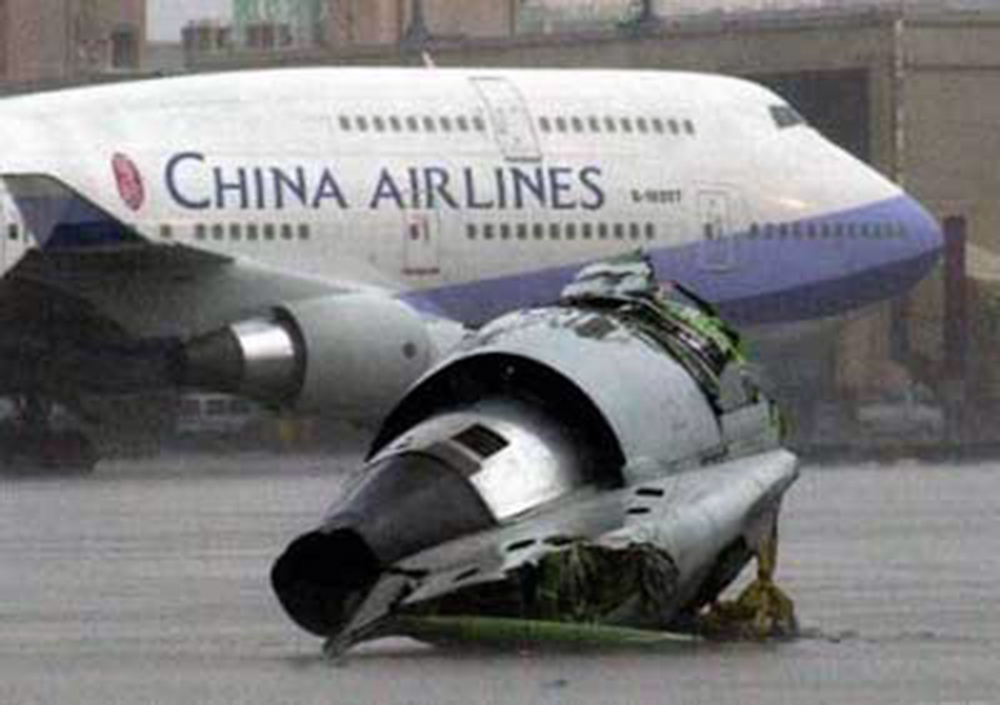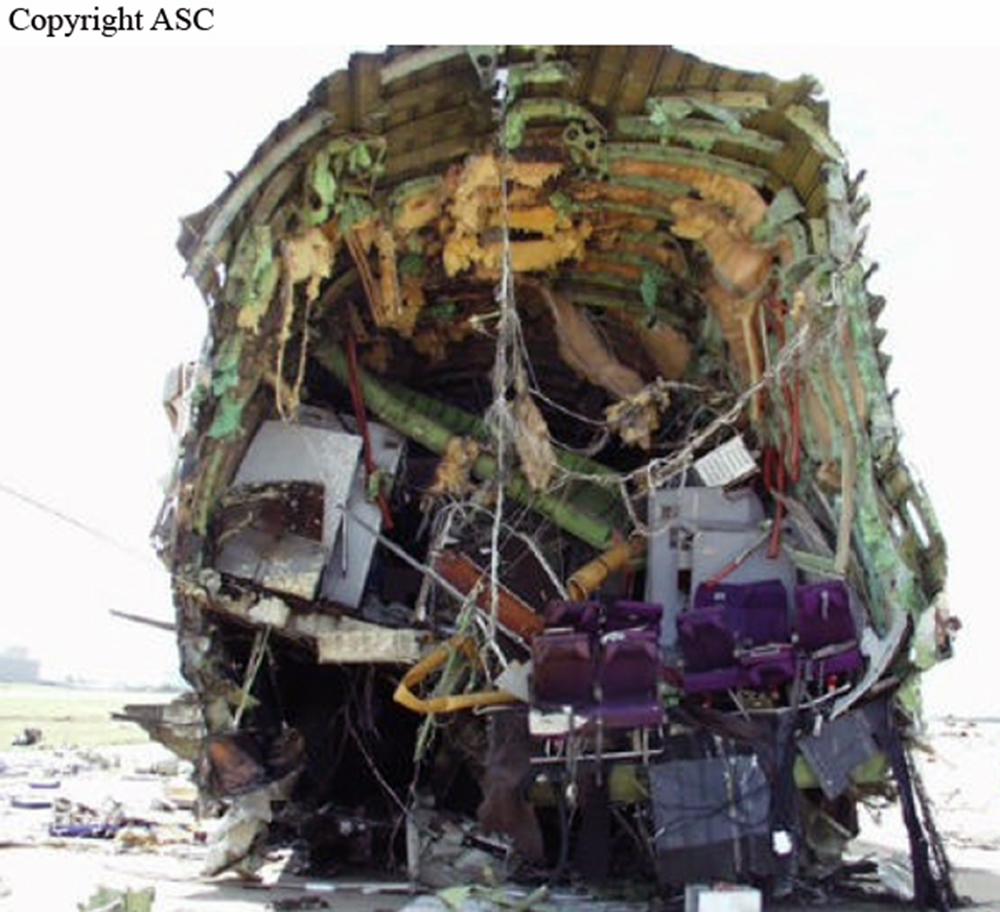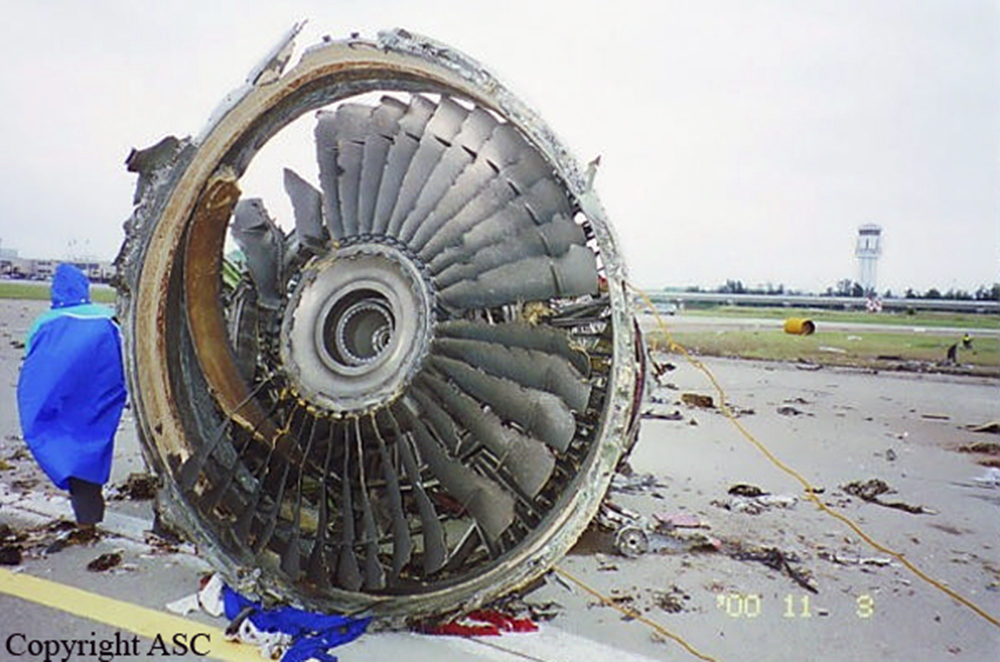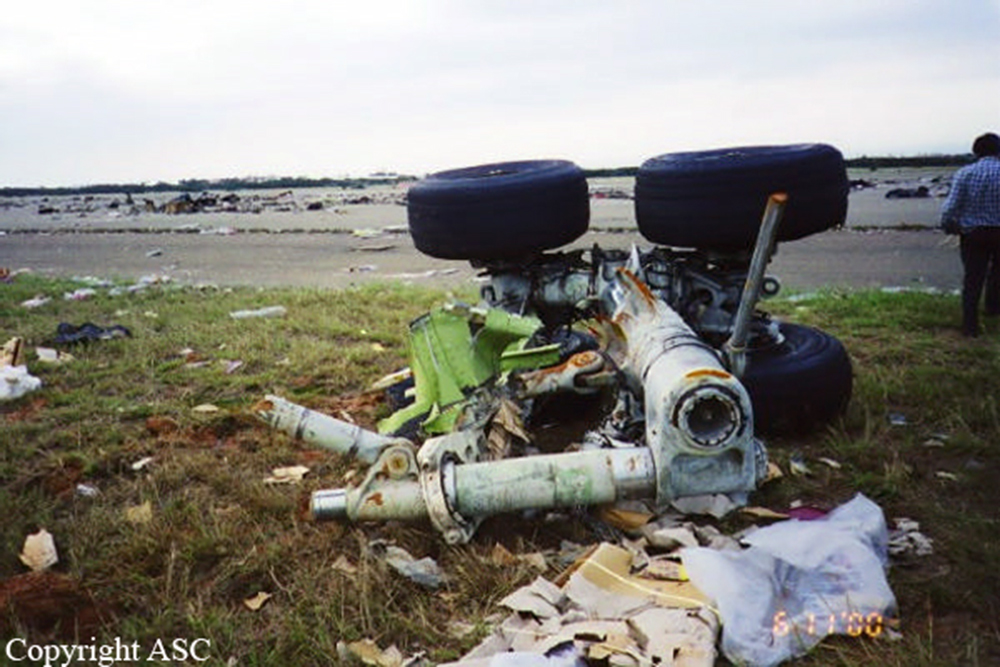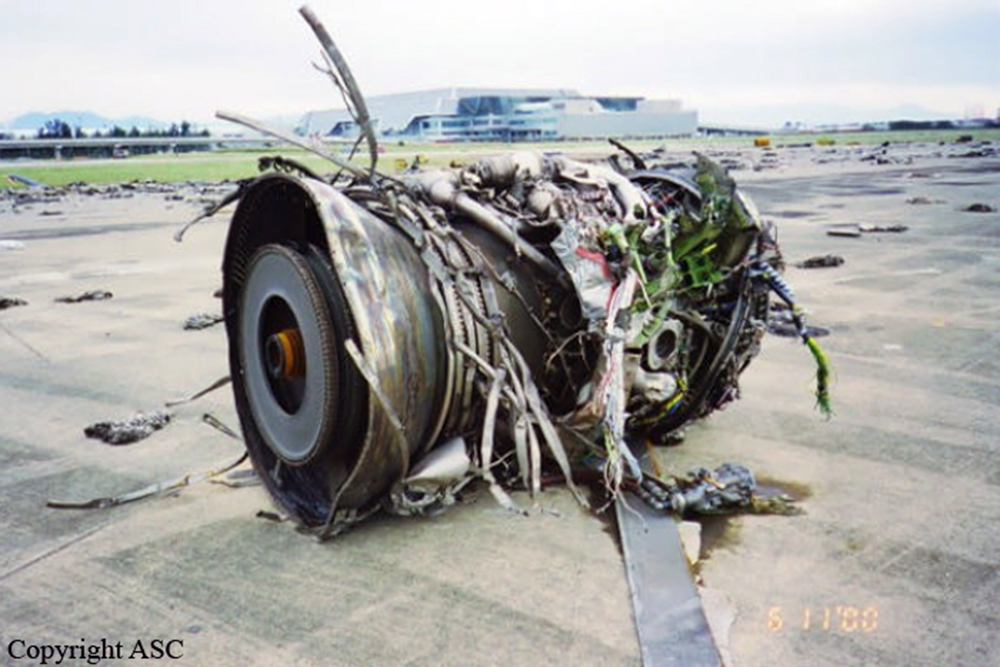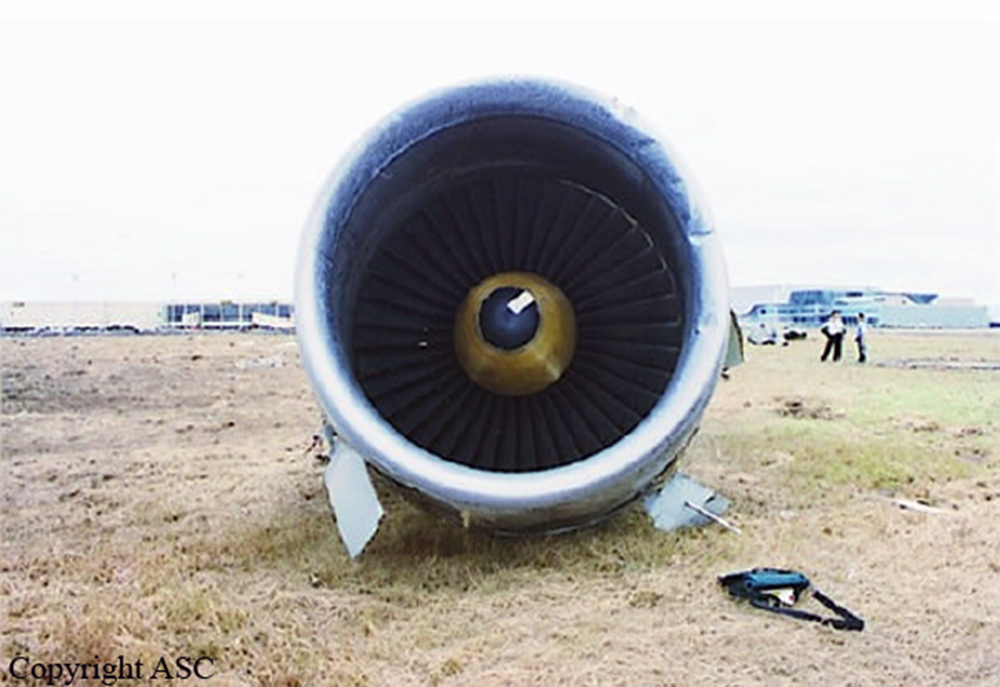Zone
Crash of a Boeing 757-223 in Washington DC: 64 killed
Date & Time:
Sep 11, 2001 at 0945 LT
Registration:
N644AA
Survivors:
No
Schedule:
Washington - Los Angeles
MSN:
24602
YOM:
1991
Flight number:
AA077
Crew on board:
6
Crew fatalities:
Pax on board:
58
Pax fatalities:
Other fatalities:
Total fatalities:
64
Aircraft flight hours:
33432
Aircraft flight cycles:
11789
Circumstances:
The Boeing 757 departed Washington-Dulles Airport at 0810LT on a regular schedule service to Los Angeles, carrying 58 passengers and a crew of six. Few minutes later, the aircraft was hijacked by terrorists who modified the flight path and flew direct over Washington DC. At 0945LT, the aircraft crashed on the southwest side of the Pentagon building. The aircraft disintegrated on impact and all 64 occupants were killed. The terrorist attacks of September 11, 2001 are under the jurisdiction of the Federal Bureau of Investigation. The Safety Board provided requested technical assistance to the FBI, and this material generated by the NTSB is under the control of the FBI. The Safety Board does not plan to issue a report or open a public docket.
Probable cause:
The Safety Board did not determine the probable cause and does not plan to issue a report or open a public docket. The terrorist attacks of September 11, 2001 are under the jurisdiction of the Federal Bureau of Investigation. The Safety Board provided requested technical assistance to the FBI, and any material generated by the NTSB is under the control of the FBI.
Final Report:
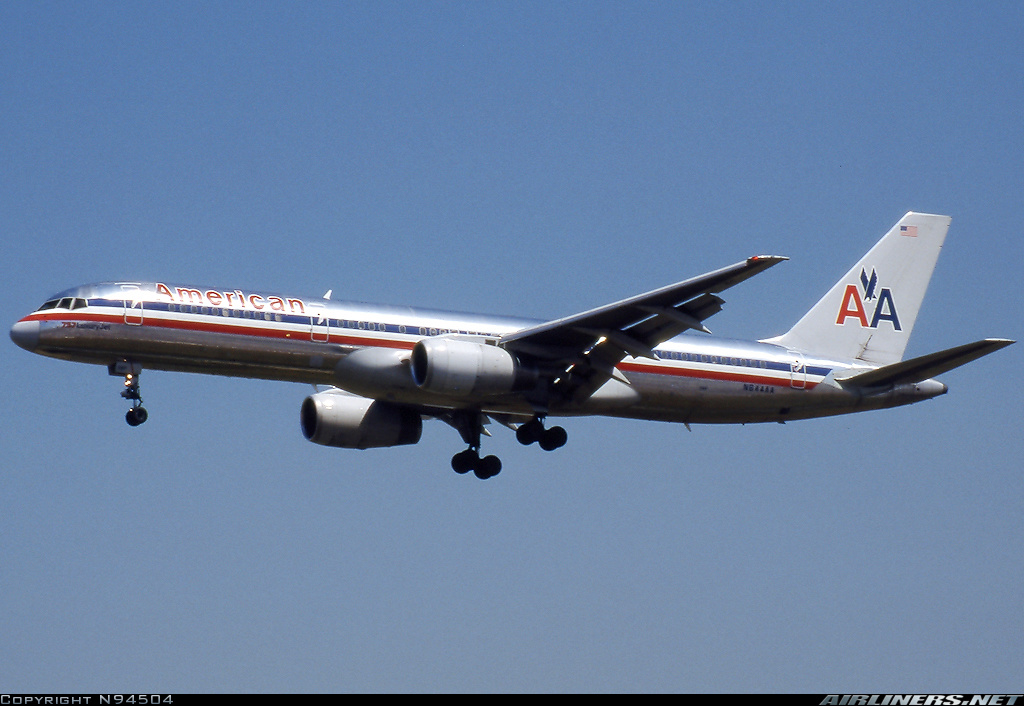
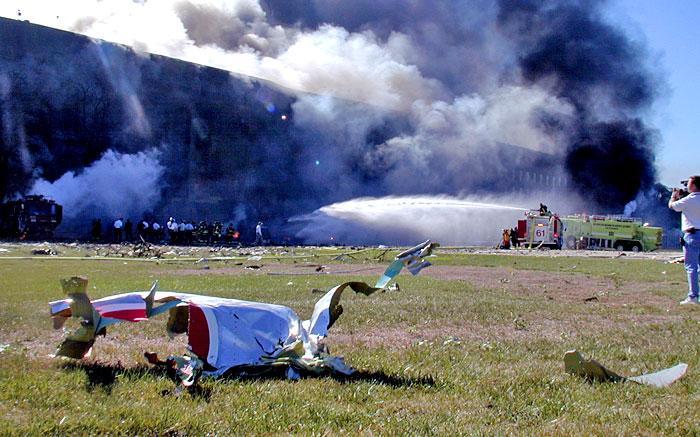

Crash of a Boeing 767-222 in New York: 65 killed
Date & Time:
Sep 11, 2001 at 0903 LT
Registration:
N612UA
Survivors:
No
Schedule:
Boston - Los Angeles
MSN:
21873
YOM:
1983
Flight number:
UA175
Crew on board:
9
Crew fatalities:
Pax on board:
56
Pax fatalities:
Other fatalities:
Total fatalities:
65
Aircraft flight hours:
66647
Aircraft flight cycles:
17569
Circumstances:
The Boeing 767 departed Boston-Logan Airport at 0814LT on a regular schedule service to Los Angeles, carrying 56 passengers and a crew of nine. Few minutes later, the aircraft was hijacked by terrorists who modified the flight path and flew direct over New York. At 0903LT, the aircraft struck the South Tower of the World Trade Center, between 78th and 84th floor. The aircraft disintegrated on impact and all 65 occupants were killed. The tower later collapsed. The terrorist attacks of September 11, 2001 are under the jurisdiction of the Federal Bureau of Investigation. The Safety Board provided requested technical assistance to the FBI, and this material generated by the NTSB is under the control of the FBI. The Safety Board does not plan to issue a report or open a public docket.
Probable cause:
The Safety Board did not determine the probable cause and does not plan to issue a report or open a public docket. The terrorist attacks of September 11, 2001 are under the jurisdiction of the Federal Bureau of Investigation. The Safety Board provided requested technical assistance to the FBI, and any material generated by the NTSB is under the control of the FBI.
Final Report:

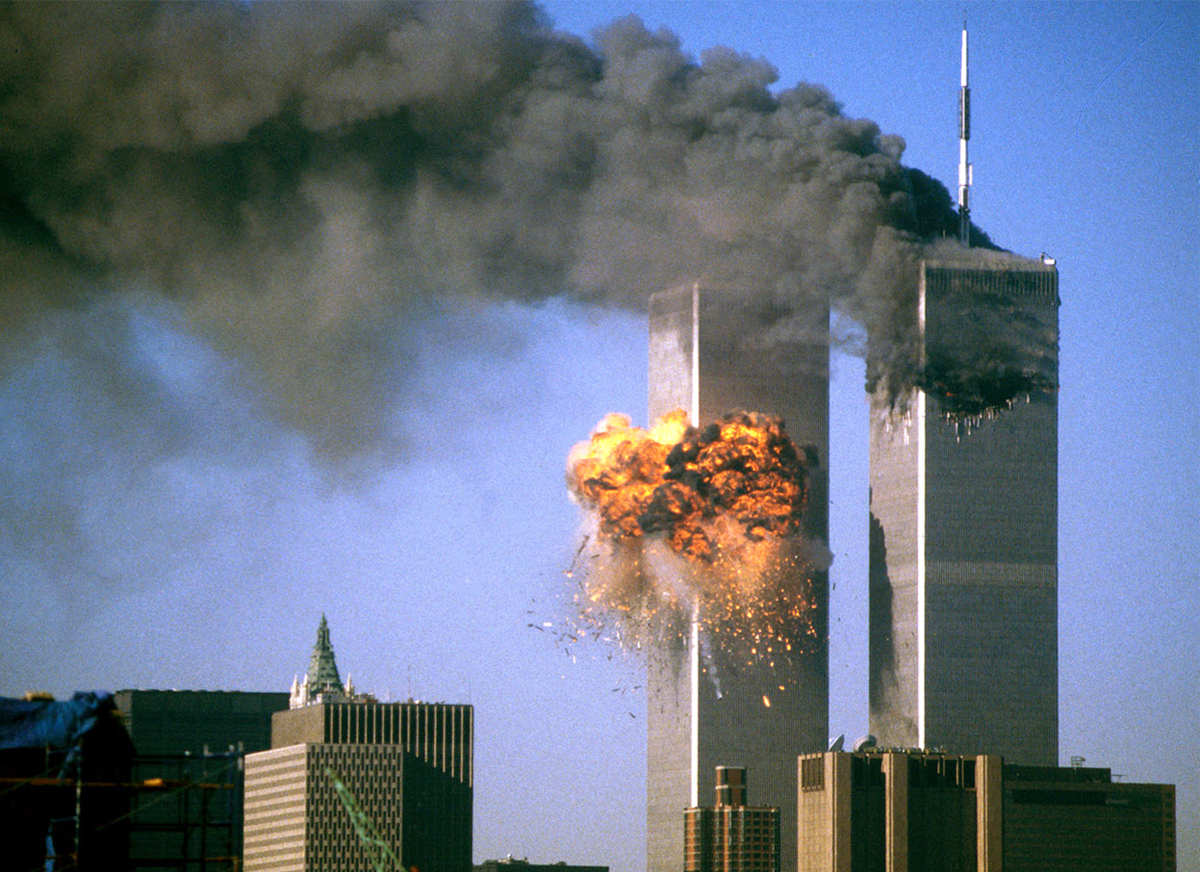
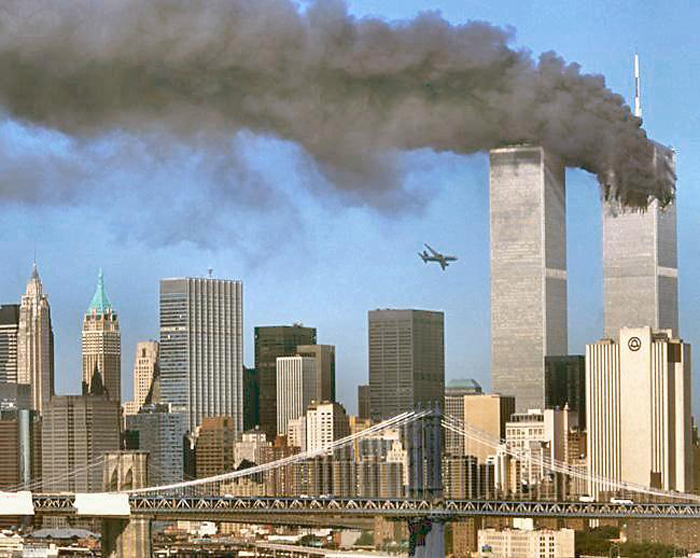

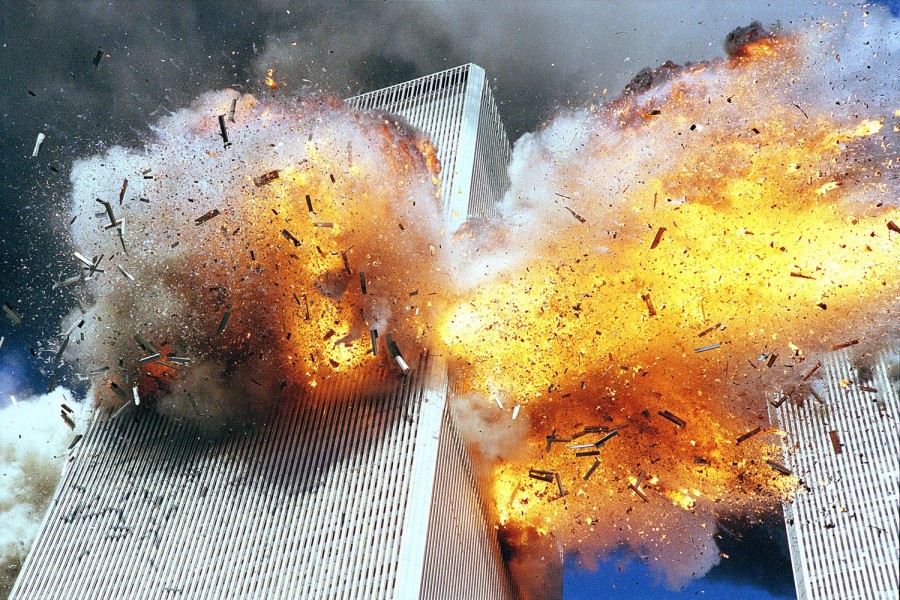
Crash of a Boeing 767-223ER in New York: 92 killed
Date & Time:
Sep 11, 2001 at 0845 LT
Registration:
N334AA
Survivors:
No
Schedule:
Boston - Los Angeles
MSN:
22332
YOM:
1987
Flight number:
AA011
Crew on board:
11
Crew fatalities:
Pax on board:
81
Pax fatalities:
Other fatalities:
Total fatalities:
92
Aircraft flight hours:
58350
Aircraft flight cycles:
11789
Circumstances:
The Boeing 767 departed Boston-Logan at 0759LT on a regular schedule service to Los Angeles, carrying 81 passengers and a crew of 11. Few minutes later, the aircraft was hijacked by terrorists who modified the flight path and flew direct over New York. At 0845LT, the aircraft struck the North Tower of the World Trade Center, between 94th and 99th floor. The aircraft disintegrated on impact and all 92 occupants were killed. The tower later collapsed. The terrorist attacks of September 11, 2001 are under the jurisdiction of the Federal Bureau of Investigation. The Safety Board provided requested technical assistance to the FBI, and this material generated by the NTSB is under the control of the FBI. The Safety Board does not plan to issue a report or open a public docket.
Probable cause:
The Safety Board did not determine the probable cause and does not plan to issue a report or open a public docket. The terrorist attacks of September 11, 2001 are under the jurisdiction of the Federal Bureau of Investigation. The Safety Board provided requested technical assistance to the FBI, and any material generated by the NTSB is under the control of the FBI.
Final Report:
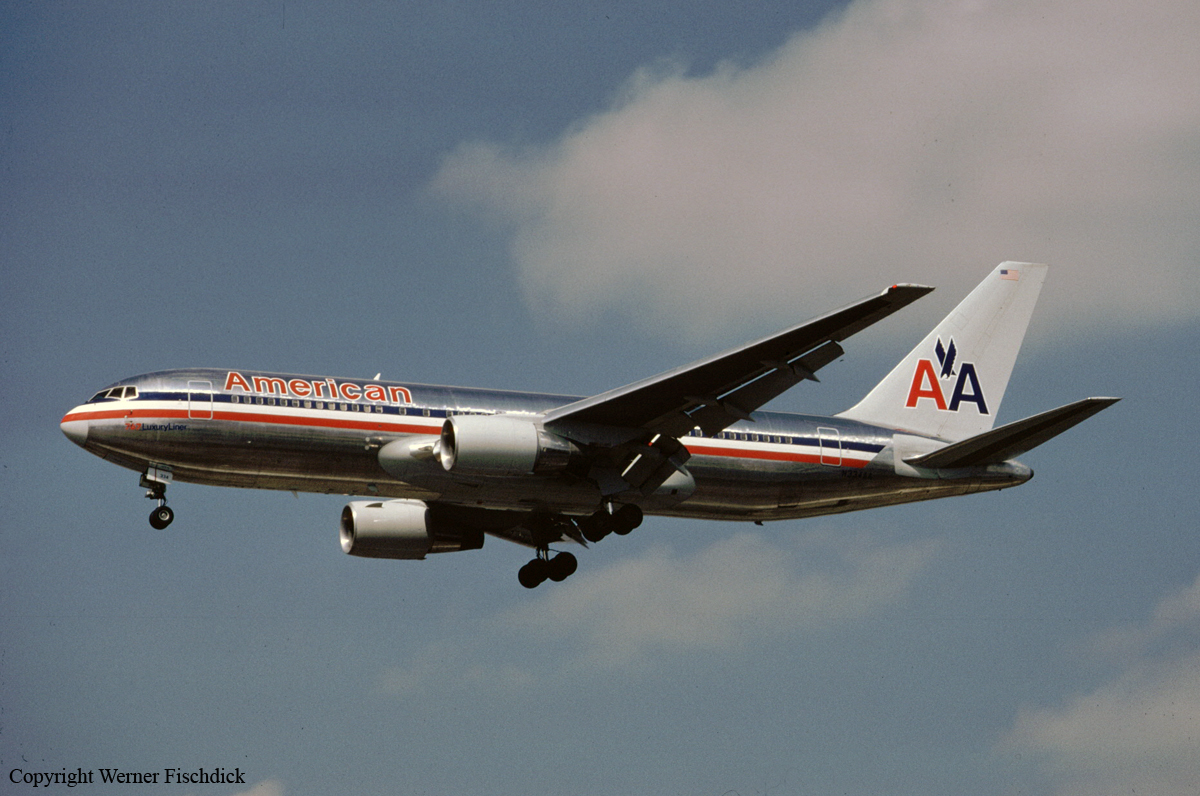

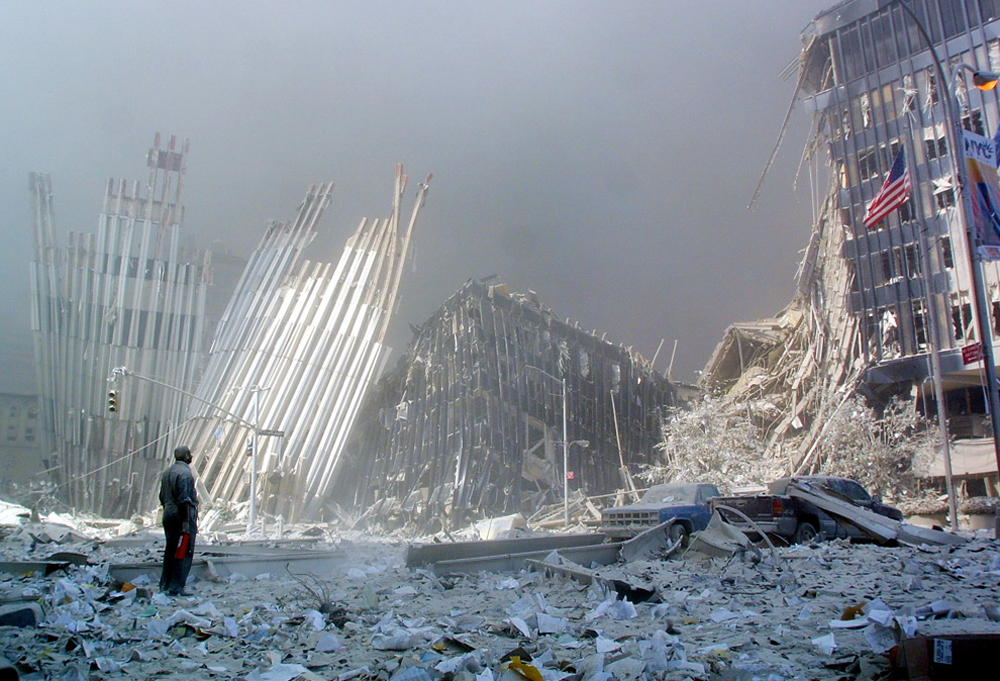
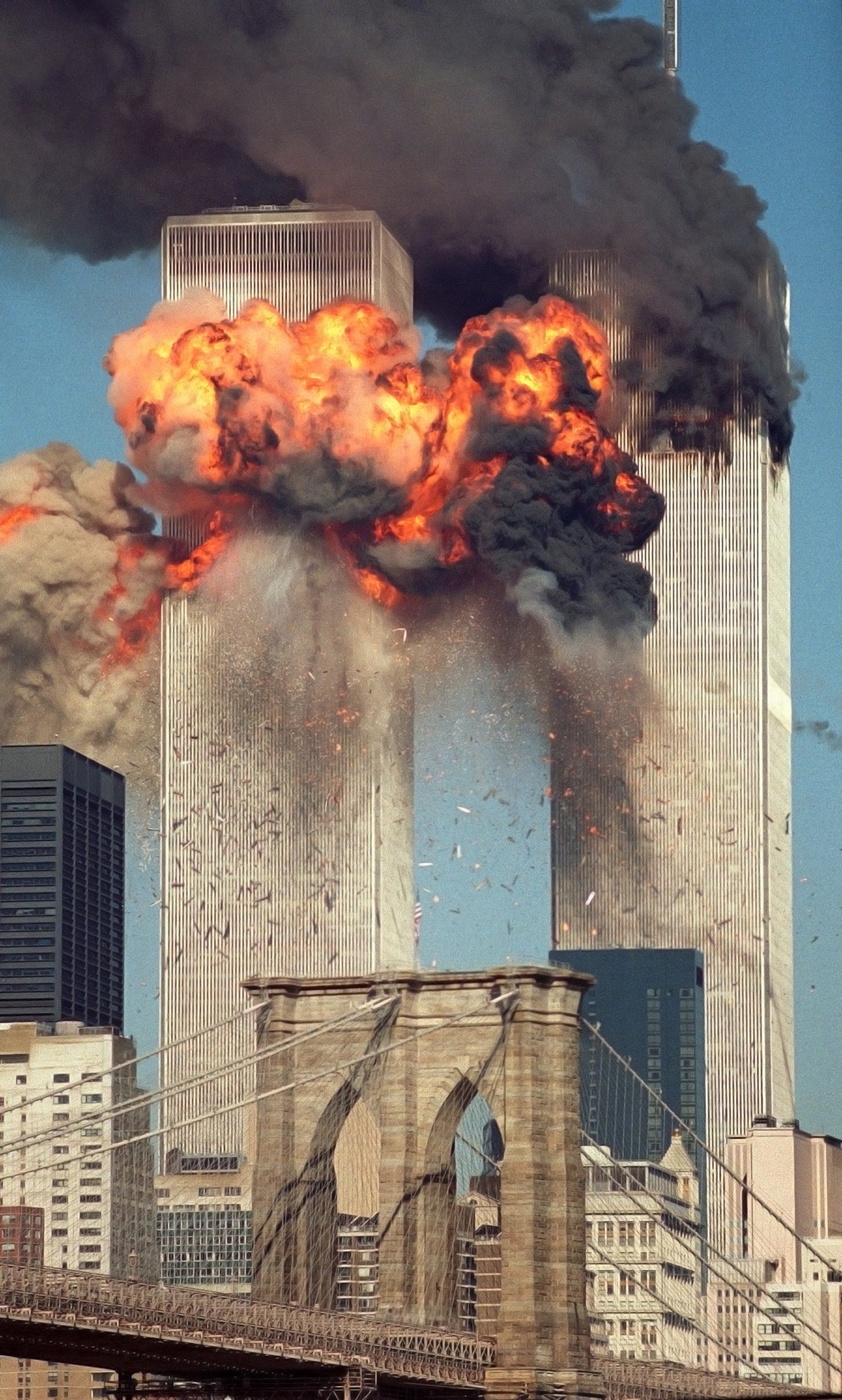
Crash of a Gulfstream GIII in Aspen: 18 killed
Date & Time:
Mar 29, 2001 at 1901 LT
Registration:
N303GA
Survivors:
No
Schedule:
Burbank – Los Angeles – Aspen
MSN:
303
YOM:
1980
Crew on board:
3
Crew fatalities:
Pax on board:
15
Pax fatalities:
Other fatalities:
Total fatalities:
18
Captain / Total hours on type:
1475.00
Copilot / Total hours on type:
913
Aircraft flight hours:
7266
Aircraft flight cycles:
3507
Circumstances:
On March 29, 2001, about 1901:57 mountain standard time, a Gulfstream III, N303GA, owned by Airbourne Charter, Inc., and operated by Avjet Corporation of Burbank, California, crashed while on final approach to runway 15 at Aspen-Pitkin County Airport (ASE), Aspen, Colorado. The charter flight had departed Los Angeles International Airport (LAX) about 1711 with 2 pilots, 1 flight attendant, and 15 passengers. The airplane crashed into sloping terrain about 2,400 feet short of the runway threshold. All of the passengers and crew members were killed, and the airplane was destroyed. The flight was being operated on an instrument flight rules (IFR) flight plan under 14 Code of Federal Regulations (CFR) Part 135.
Probable cause:
The flight crew's operation of the airplane below the minimum descent altitude without an appropriate visual reference for the runway. Contributing to the cause of the accident were the Federal Aviation Administration's (FAA) unclear wording of the March 27, 2001, Notice to Airmen regarding the nighttime restriction for the VOR/DME-C approach to the airport and the FAA's failure to communicate this restriction to the Aspen tower; the inability of the flight crew to adequately see the mountainous terrain because of the darkness and the weather conditions; and the pressure on the captain to land from the charter customer and because of the airplane's delayed departure and the airport's nighttime landing restriction.
Final Report:
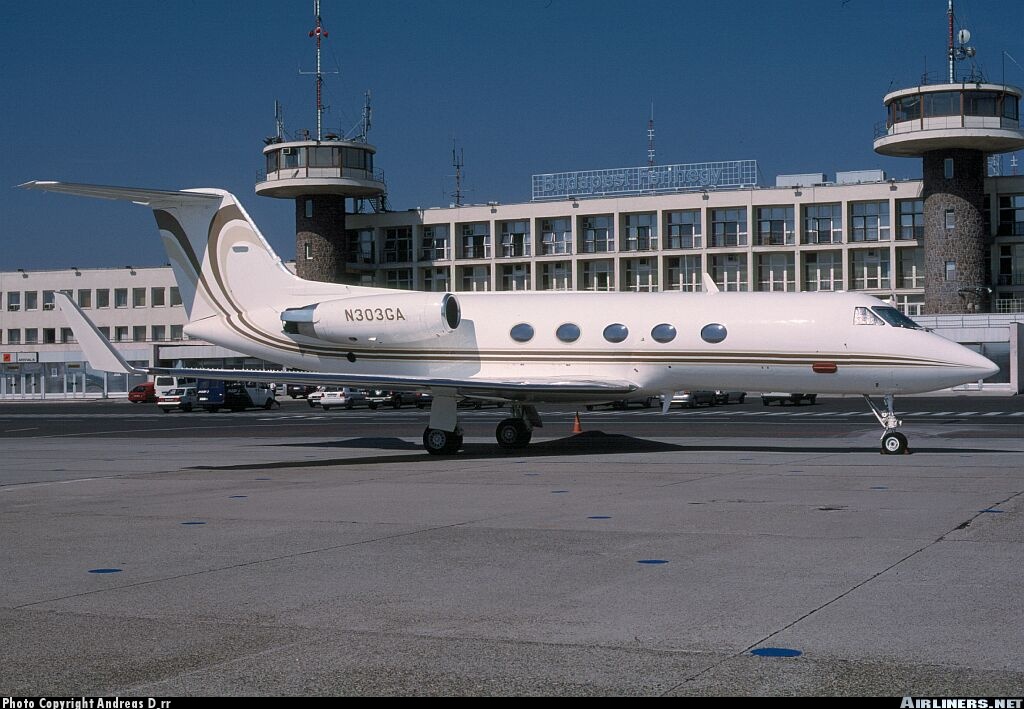

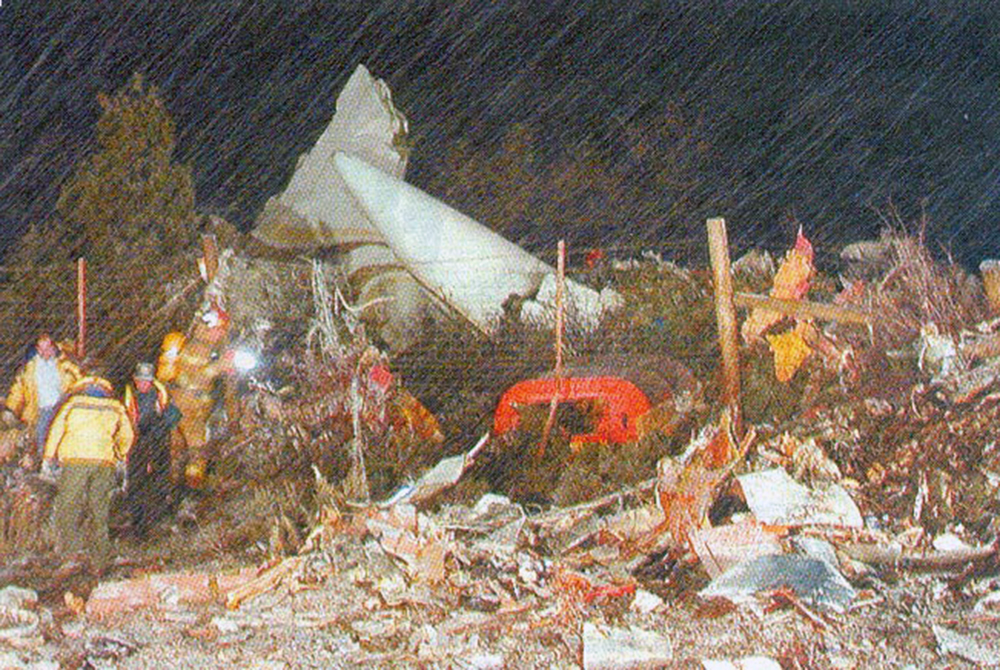
Crash of a Boeing 747-412 in Taipei: 83 killed
Date & Time:
Oct 31, 2000 at 2318 LT
Registration:
9V-SPK
Survivors:
Yes
Schedule:
Singapore – Taipei – Los Angeles
MSN:
28023/1099
YOM:
1997
Flight number:
SQ006
Crew on board:
20
Crew fatalities:
Pax on board:
159
Pax fatalities:
Other fatalities:
Total fatalities:
83
Captain / Total hours on type:
2017.00
Copilot / Total hours on type:
552
Aircraft flight hours:
18459
Aircraft flight cycles:
2274
Circumstances:
Singapore Airlines Flight 006 departed Singapore for a flight to Los Angeles via Taipei. Scheduled departure time at Taipei was 22:55. The flight left gate B-5 and taxied to taxiway NP, which ran parallel to runway 05L and 05R. The crew had been cleared for a runway 05L departure because runway 05R was closed because of construction work. CAA Taiwan had issued a NOTAM on Aug 31, 2000 indicating that part of runway 05R between Taxiway N4 and N5 was closed for construction between Sept. 13 to Nov. 22, 2000. Runway 05R was to have been converted and re-designated as Taxiway NC effective Nov. 1, 2000. After reaching the end of taxiway NP, SQ006 turned right into Taxiway N1 and immediately made a 180-degree turn to runway 05R. After approximately 6 second hold, SQ006 started its takeoff roll at 23:15:45. Weather conditions were very poor because of typhoon 'Xiang Sane' in the area. METAR at 23:20 included Wind 020 degrees at 36 knots gusting 56 knots, visibility - 600 meters, and heavy rainfall. On takeoff, 3.5 seconds after V1, the aircraft hit concrete barriers, excavators and other equipment on the runway. The plane crashed back onto the runway, breaking up and bursting into flames while sliding down the runway and crashing into other objects related to work being done on runway 05R. The aircraft wreckage was distributed along runway 05R beginning at about 4,080 feet from the runway threshold. The airplane broke into two main sections at about fuselage station 1560 and came to rest about 6,480 feet from the runway threshold.
Probable cause:
Findings related to probable causes:
- At the time of the accident, heavy rain and strong winds from typhoon "Xangsane" prevailed. At 2312:02 Taipei local time, the flight crewmembers of SQ006 received Runway Visual Range (RVR) 450 meters on Runway 05L from Automatic Terminal Information Service (ATIS) "Uniform". At 2315:22 Taipei local time, they received wind direction 020 degrees with a magnitude of 28 knots, gusting to 50 knots, together with the takeoff clearance issued by the local controller.
- On August 31, 2000, CAA of ROC issued a Notice to Airmen (NOTAM) A0606 indicating that a portion of the Runway 05R between Taxiway N4 and N5 was closed due to work in progress from September 13 to November 22, 2000. The flight crew of SQ006 was aware of the fact that a portion of Runway 05R was closed, and that Runway 05R was only available for taxi.
- The aircraft did not completely pass the Runway 05R threshold marking area and continue to taxi towards Runway 05L for the scheduled takeoff. Instead, it entered Runway 05R and CM-1 commenced the takeoff roll. CM-2 and CM-3 did not question CM-1's decision to take off.
- The flight crew did not review the taxi route in a manner sufficient to ensure they all understood that the route to Runway 05L included the need for the aircraft to pass Runway 05R, before taxiing onto Runway 05L.
- The flight crew had CKS Airport charts available when taxing from the parking bay to the departure runway; however, when the aircraft was turning from Taxiway NP to Taxiway NI and continued turning onto Runway 05R, none of the flight crewmembers verified the taxi route. As shown on the Jeppesen "20-9" CKS Airport chart, the taxi route to Runway 05L required that the aircraft make a 90-degree right turn from Taxiway NP and then taxi straight ahead on Taxiway NI, rather than making a continuous 180-degree turn onto Runway 05R. Further, none of the flight crewmembers confirmed orally which runway they had entered.
- CM-1's expectation that he was approaching the departure runway coupled with the saliency of the lights leading onto Runway 05R resulted in CM?1 allocating most of his attention to these centerline lights. He followed the green taxiway centerline lights and taxied onto Runway 05R.
- The moderate time pressure to take off before the inbound typhoon closed in around CKS Airport, and the condition of taking off in a strong crosswind, low visibility, and slippery runway subtly influenced the flight crew's decision?making ability and the ability to maintain situational awareness.
- On the night of the accident, the information available to the flight crew regarding the orientation of the aircraft on the airport was:
- CKS Airport navigation chart
- Aircraft heading references
- Runway and Taxiway signage and marking
- Taxiway NI centerline lights leading to Runway 05L
- Color of the centerline lights (green) on Runway 05R
- Runway 05R edge lights most likely not on
- Width difference between Runway 05L and Runway 05R
- Lighting configuration differences between Runway 05L and Runway 05R
- Para-Visual Display (PVD) showing aircraft not properly aligned with the Runway 05L localizer
- Primary Flight Display (PFD) information
The flight crew lost situational awareness and commenced takeoff from the wrong runway.
The Singapore Ministry of Transport (MOT) did not agree with the findings and released their own report. They conclude that the systems, procedures and facilities at the CKS Airport were seriously inadequate and that the accident could have been avoided if internationally-accepted precautionary measures had been in place at the Airport.
- At the time of the accident, heavy rain and strong winds from typhoon "Xangsane" prevailed. At 2312:02 Taipei local time, the flight crewmembers of SQ006 received Runway Visual Range (RVR) 450 meters on Runway 05L from Automatic Terminal Information Service (ATIS) "Uniform". At 2315:22 Taipei local time, they received wind direction 020 degrees with a magnitude of 28 knots, gusting to 50 knots, together with the takeoff clearance issued by the local controller.
- On August 31, 2000, CAA of ROC issued a Notice to Airmen (NOTAM) A0606 indicating that a portion of the Runway 05R between Taxiway N4 and N5 was closed due to work in progress from September 13 to November 22, 2000. The flight crew of SQ006 was aware of the fact that a portion of Runway 05R was closed, and that Runway 05R was only available for taxi.
- The aircraft did not completely pass the Runway 05R threshold marking area and continue to taxi towards Runway 05L for the scheduled takeoff. Instead, it entered Runway 05R and CM-1 commenced the takeoff roll. CM-2 and CM-3 did not question CM-1's decision to take off.
- The flight crew did not review the taxi route in a manner sufficient to ensure they all understood that the route to Runway 05L included the need for the aircraft to pass Runway 05R, before taxiing onto Runway 05L.
- The flight crew had CKS Airport charts available when taxing from the parking bay to the departure runway; however, when the aircraft was turning from Taxiway NP to Taxiway NI and continued turning onto Runway 05R, none of the flight crewmembers verified the taxi route. As shown on the Jeppesen "20-9" CKS Airport chart, the taxi route to Runway 05L required that the aircraft make a 90-degree right turn from Taxiway NP and then taxi straight ahead on Taxiway NI, rather than making a continuous 180-degree turn onto Runway 05R. Further, none of the flight crewmembers confirmed orally which runway they had entered.
- CM-1's expectation that he was approaching the departure runway coupled with the saliency of the lights leading onto Runway 05R resulted in CM?1 allocating most of his attention to these centerline lights. He followed the green taxiway centerline lights and taxied onto Runway 05R.
- The moderate time pressure to take off before the inbound typhoon closed in around CKS Airport, and the condition of taking off in a strong crosswind, low visibility, and slippery runway subtly influenced the flight crew's decision?making ability and the ability to maintain situational awareness.
- On the night of the accident, the information available to the flight crew regarding the orientation of the aircraft on the airport was:
- CKS Airport navigation chart
- Aircraft heading references
- Runway and Taxiway signage and marking
- Taxiway NI centerline lights leading to Runway 05L
- Color of the centerline lights (green) on Runway 05R
- Runway 05R edge lights most likely not on
- Width difference between Runway 05L and Runway 05R
- Lighting configuration differences between Runway 05L and Runway 05R
- Para-Visual Display (PVD) showing aircraft not properly aligned with the Runway 05L localizer
- Primary Flight Display (PFD) information
The flight crew lost situational awareness and commenced takeoff from the wrong runway.
The Singapore Ministry of Transport (MOT) did not agree with the findings and released their own report. They conclude that the systems, procedures and facilities at the CKS Airport were seriously inadequate and that the accident could have been avoided if internationally-accepted precautionary measures had been in place at the Airport.
Final Report:
